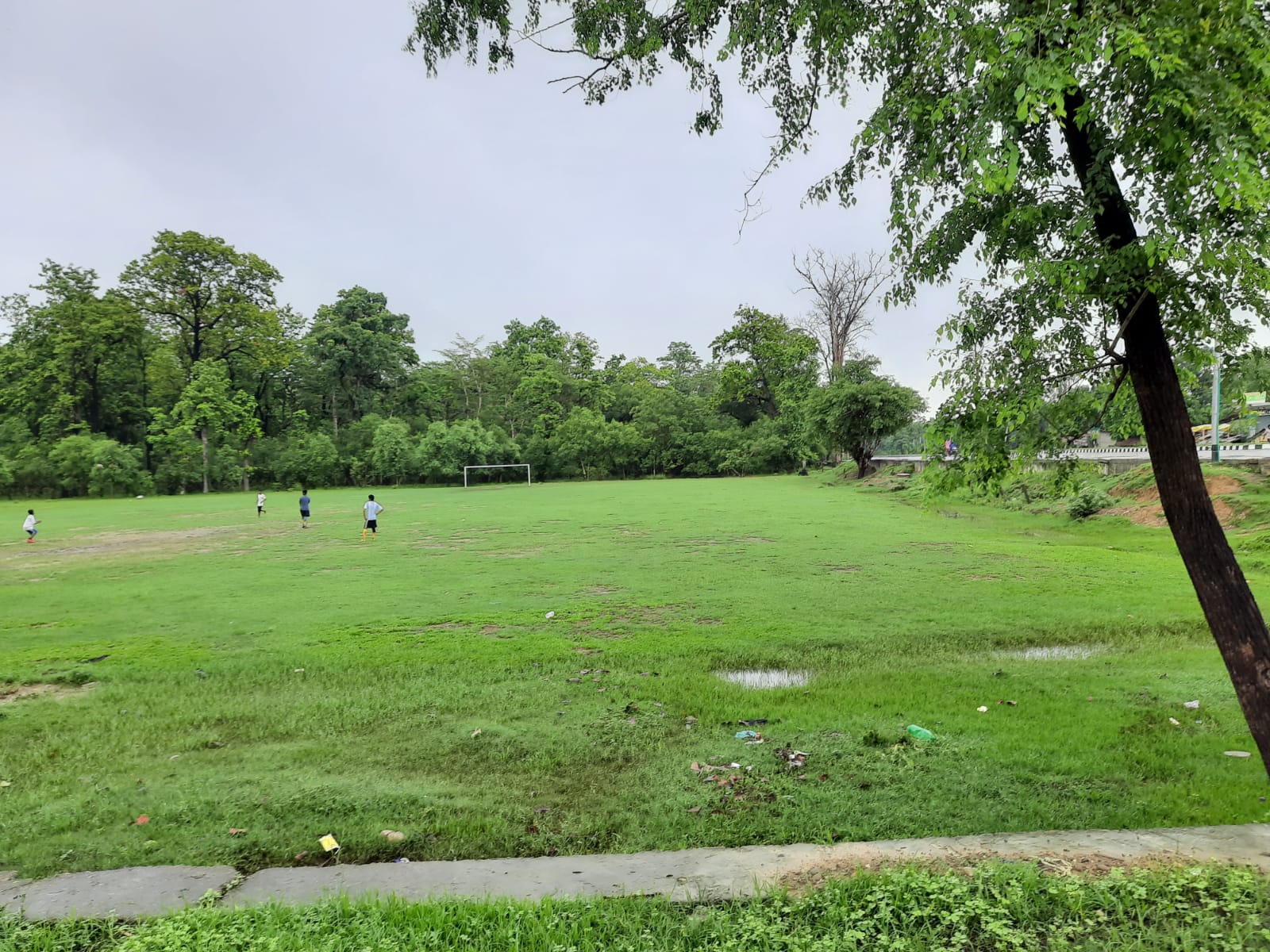By 2030, India will have an urbanisation rate of about 40 percent; the number of urban dwellers in Indian cities is estimated to reach 600 million; the country’s total population will be about 1.5 billion people – the largest in the world.
By 2030, India will have an urbanisation rate of about 40 percent; the number of urban dwellers in Indian cities is estimated to reach 600 million; the country’s total population will be about 1.5 billion people – the largest in the world.
Despite all this evidence, according to Professor Sanjoy Chakravorty, Chair of the Department of Geography and Urban Studies at Philadelphia’s Temple University, India is not responding adequately to the potential problems posed by this urban expansion. Writing for India in Transition (IiT) – a University of Pennsylvania periodical - Chakravorty spells out his views on Indian urban challenges in an article titled India’s Urban Future: It’s Time to Pay Attention.
According to the author, some larger Indian cities seem to be designed to keep the poor out instead of accommodating them. He goes onto make the bold argument that “if current trends continue, it’s quite possible that Indian cities will become symbols of a new apartheid, with vast slums surrounding enclaves of middle class comfort”.
Corrective actions, according to Chakravorty, should come in the form of radical changes to existing policies. However, by their very nature, and who is affected by them, the changes he proposes face serious political opposition. The dilemma for the policy-makers would be that they are part of the same social class that will lose the most in subsidies in order to pay for the proposed changes. One such proposal is the enforcement of low-income housing quotas on private sector real estate firms.
The lack of a cohesive institutional framework is seen by Chakravorty as a major barrier in tackling India’s urban challenges. For instance, since the Indian constitution treats urban development as a state subject, the solutions are not thought of in a national context. The second major barrier he sees is the serious lack of institutional capacity: “India does not have trained urban professionals, the data that do exist are fragmented, rules are made on the fly, land transactions are opaque, and there is no strategy or vision, nor a way to get to one”.
Not everyone though is likely to agree with the effectiveness of the proposed quick-fix solutions listed by the author. For example, issuing low-income housing quotas for private sector developers has been tried in a few Indian states but has not produced the desired effects.
The clear message that emerges from the article is: “Whatever the challenges are, it is time to think hard about India’s urban future”.




